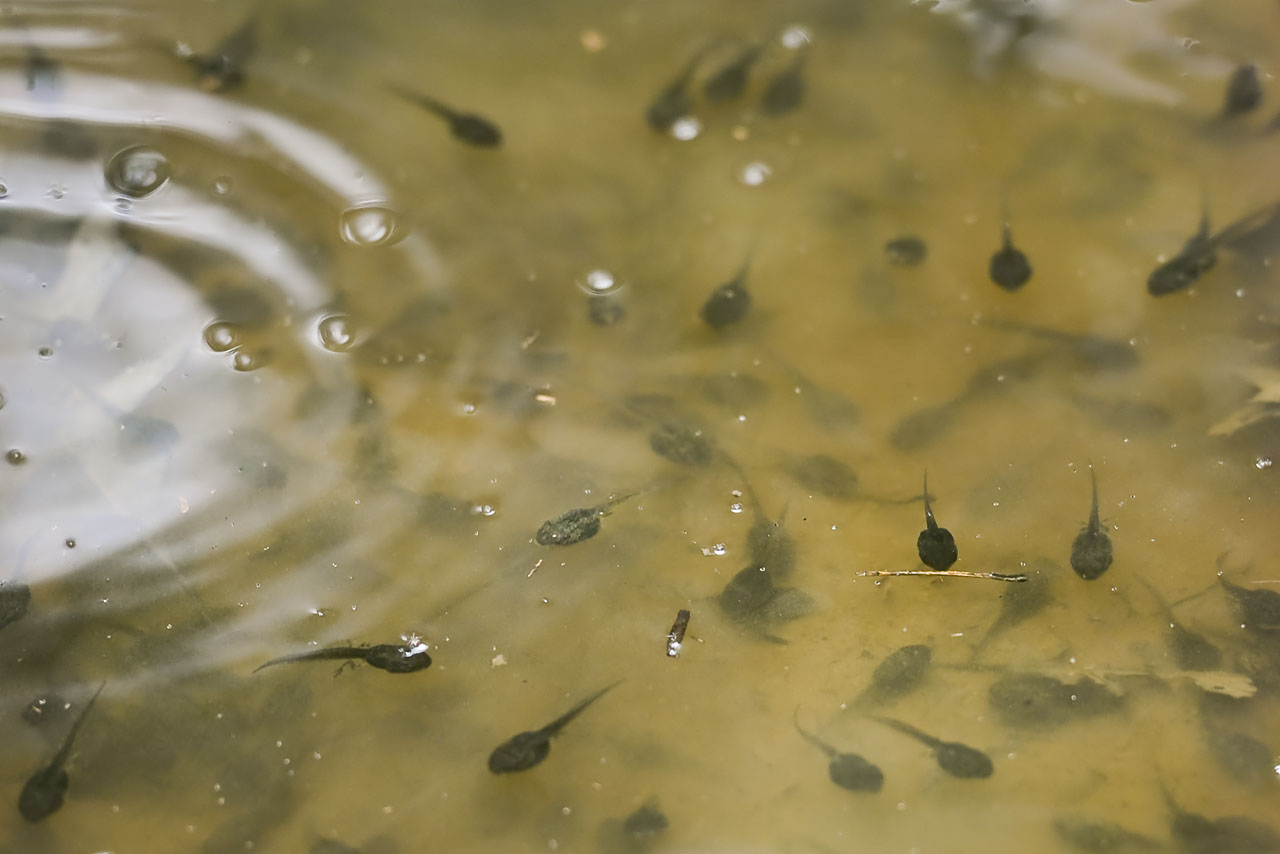Independent research by Will Pfadenhauer ’20 will build upon our amphibian conservation research by investigating the impact of light pollution on the growth and metamorphosis of the wood frog. Increases in human population and development are closely linked with increases in artificially generated light. In fact, a recent study revealed that artificial light at night (ALAN) dominated nighttime natural sky light at 81% of worldwide locations surveyed. Therefore, it’s not surprising that ALAN is becoming more widely recognized as a threat to biodiversity and an increasing number of scientific studies are revealing that light pollution negatively impacts amphibians. For example, one study showed that American toads exposed to ALAN had shorter larval phases and lower weights, and another showed that Eastern Gray Treefrogs increased chorusing and breeding when exposed to intermediate levels of light at night compared with controls.

Will plans to measure the impact of artificial light pollution on survival, growth, and metamorphosis of the wood frog.
We have already established that sky glow (the diffuse luminance of the night sky from both natural and artificial sources) at our existing vernal pool monitoring locations ranges from 0.02 – 0.043 lux. To put that in context, a very dark sky would measure about 0.00001 lux and sky glow in Manhattan would be about 429.9 lux. So, our vernal pool amphibians are being exposed to a moderate amount of light pollution. Using a controlled experiment, Will plans to quantify the impact of light pollution on wood frog growth and development by simulating both sky glow and vehicular artificial light comparable to those at our field sites in the lab.
LAB FAM members who have contributed to this project: Will Pfadenhauer ’20
